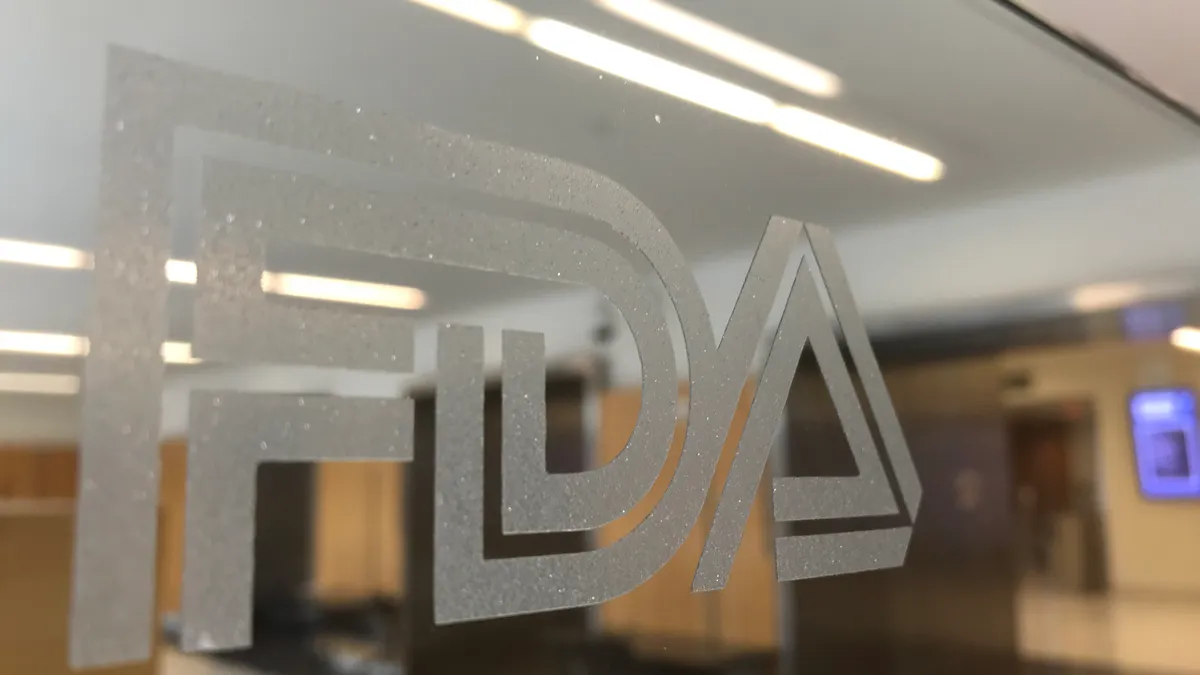Dive Brief:
-
Stryker’s flow diverter has received FDA premarket approval as a treatment for unruptured large and giant wide neck intracranial aneurysms.
-
The device enables physicians to divert blood flow away from aneurysms, preventing them from rupturing and causing a medical emergency.
-
Stryker will now compete for the market with Medtronic, which gained a flow diverter device through its $49.9 billion takeover of Covidien.
Dive Insight:
Unruptured brain aneurysms are typically asymptomatic, but they can cause serious harm to a patient if they burst. In some cases, surgeons mitigate the risk of weak spots on blood vessel walls rupturing by clamping them shut with a clip in a procedure known as neurosurgical clipping. In other cases, surgeons pass coils along a catheter and into the aneurysm. Once the coils fill the aneurysm, blood stops flowing into the blood vessel. This second procedure is known as endovascular coiling.
Endovascular coiling is a less invasive procedure and is associated with a lower risk of short-term complications. However, the size and shape of large and giant wide neck intracranial aneurysms pose challenges for endovascular coiling. It is harder to pack coils densely into these aneurysms, raising the risk that they will reopen over time.
Flow diversion devices provide surgeons with another way to treat these challenging aneurysms. These devices are stents that direct blood away from the aneurysm. With less blood flowing past its weak spot, the vessel wall faces reduced shear stress and is therefore less likely to rupture. Over time, the aneurysm will stabilize as it undergoes thrombosis.
Covidien, now part of Medtronic, brought a flow diverter to market in the U.S. in 2011. A second generation product gained FDA clearance in 2015. Other devices, such as Balt Extrusion’s Silk, are on the market in Europe, but Medtronic has never faced competition in the U.S.
The FDA’s approval of Stryker’s Surpass Streamline Flow Diverter marks the end of that monopoly. Though Medtronic has a multi-year headstart, Philip Meyers, co-principal investigator on the pivotal Surpass Streamline trial, thinks Stryker’s device has certain advantages.
“Surpass Streamline is the first flow diverter indicated for large and giant posterior communicating artery aneurysms. These unruptured aneurysms are more challenging due to their location and surrounding anatomy,” Meyers, a professor of radiology and neurological surgery at New York Presbyterian, said in a statement.











